SUMMARY
This is AI generated summarization, which may have errors. For context, always refer to the full article.
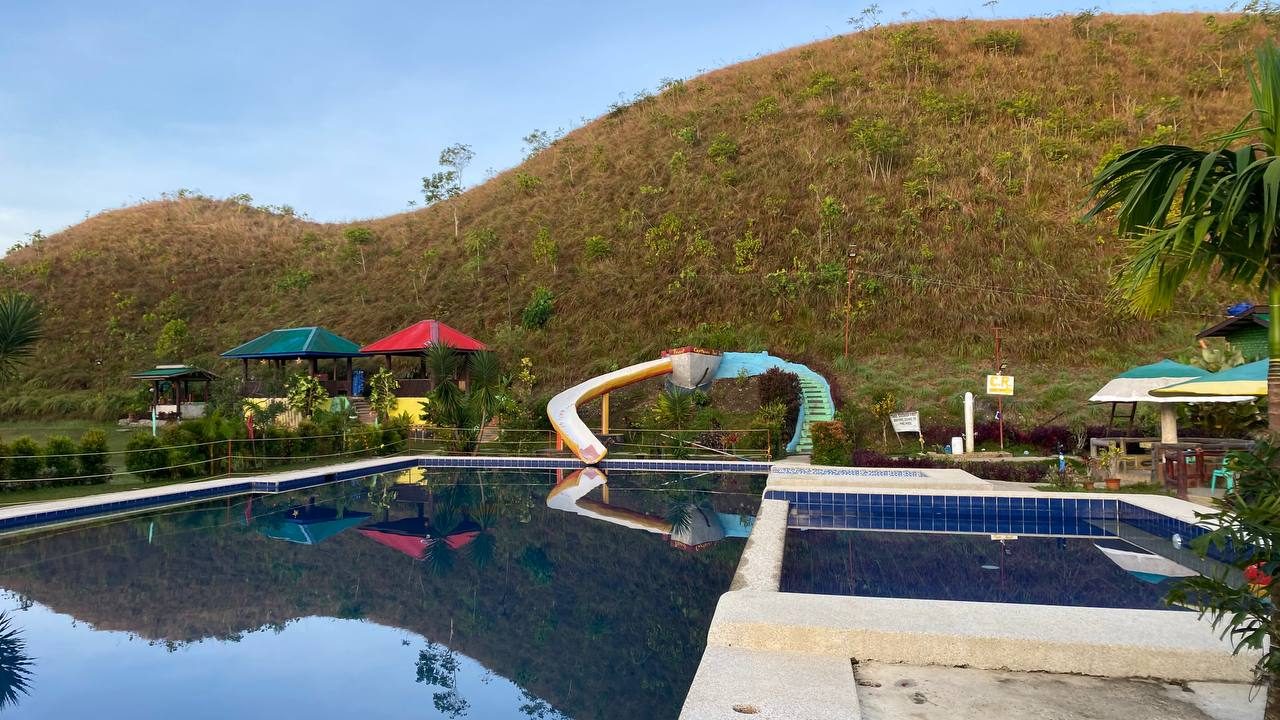
MANILA, Philippines – Despite being a protected area, the Chocolate Hills Natural Monument (CHNM) in Bohol remains a site for several private resorts.
The most controversial one gaining public outcry after a viral social media post is Captain’s Peak Resort in Sagbayan, Bohol.
It doesn’t have an environmental compliance certificate (ECC), perhaps the most important document that the Department of Environment and Natural Resources (DENR) grants for environmentally critical projects.
Last year, the said resort received a temporary closure order from the DENR precisely because it lacked an ECC. Under the Expanded National Integrated Protected Areas System law (ENIPAS), no projects or activities should commence without the ECC.
A project proponent must first secure a clearance from the Protected Area Management Board (PAMB) first, before it gets an ECC from the DENR. In this case, because it is within a protected area, they must secure the ECC from the DENR Regional Office.
So why was it still operating prior to the March 2024 closure?

Guidelines
Jamie Villamor, board member of the second district of Bohol, said in a radio interview on Thursday, March 14, that the provincial board of Bohol called for a probe back in 2018 regarding the resort’s presence in the protected area.
“In their guidelines, they have a lot of conditions,” said Villamor in a mix of Filipino and English. “One of which is that the structure should be within the 20% threshold from the baseline of the hills to the feet of the hills. They followed. That’s why the operation of the said resort proceeded.”
Rappler asked the DENR about the continued operation of the resort despite lack of ECC, but has yet to receive a response as of writing. The DENR only said in its statement released Wednesday, March 13, that it already issued a temporary closure order to the resort owners last September 6, 2023.
But they have yet to get their hands on a copy of this closure order, Villamor said.
“To be frank about it, the Sangguniang Panlalawigan, the committee, and also the provincial government of the Bohol had no knowledge of the closure order because the DENR didn’t furnish us any copy and didn’t inform us of any actions that they took.”
Even before Ramos’ declaration, there were already other titled lands within the protected area, said Villamor.
Aside from the lacking environmental clearance, the resort is not an accredited tourism establishment, the Department of Tourism (DOT) said in a statement.
Since August 2023, the DOT said it has been “in coordination” with Bohol’s provincial government through its regional office.
Past administrations
Declaring a site as a protected area does not completely exclude it from private proponents and their development projects.
As the DENR clarified in its statement, the rights and interests of the owners of lands titled prior to the declaration of a protected area are respected. But the DENR said there would be restrictions on land use, and these were to be detailed in the environmental impact statement before they issue an ECC.
Resort administrator Julieta Sablas said they got hold of the property back in 2005, eight years after former president Fidel V. Ramos declared Chocolate Hills as a protected area through Proclamation No. 1037 in 1997.
According to a 2022 resolution from the CHNM PAMB, the project area of the resort is within the multiple use zone and is alienable and disposable land.
In 2002, former president Gloria Macapagal-Arroyo amended Proclamation No. 468, s. 1994, making all lands within the Wahig-Inabanga Rivers Watershed Forest Reserve alienable and disposable.
Wahig-Inabanga is considered the largest river in Central Visayas. The forest reserve traverses several municipalities in Bohol province, including parts of Sagbayan and Carmen where the Chocolate Hills are found.
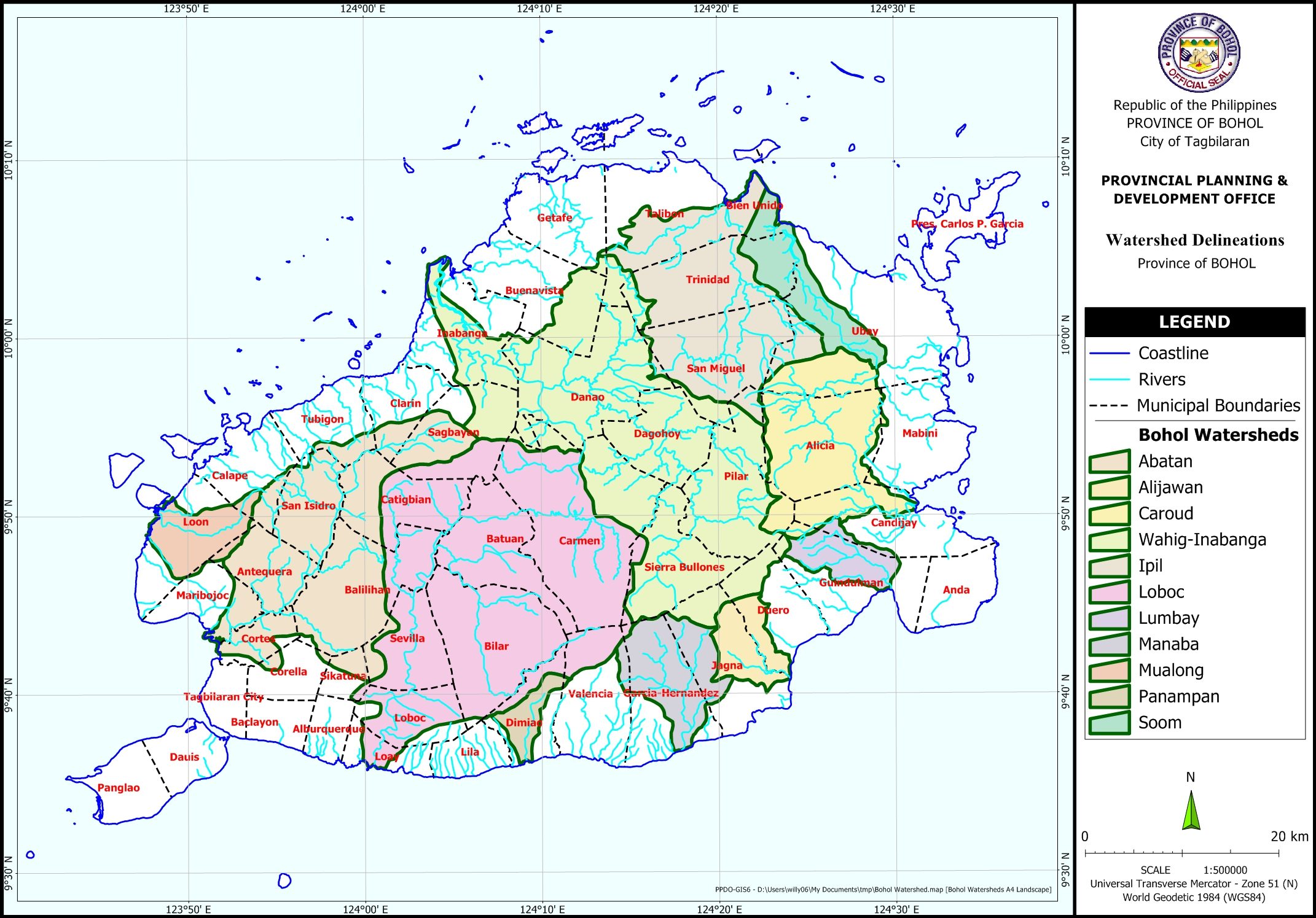
The Chocolate Hills are conical karst hills located scattered in the towns of Carmen, Batuan, Sagbayan. It got its name from its brown hue during the dry season.
It was the third National Geological Monument (NGM) in the Philippines, declared as such by the United Nations Educational, Scientific and Cultural Organization in 1988 for its “scientific value and geomorphic uniqueness.”
Other NGMs in the Philippines are Montalban Gorge and Taal Volcano, both of which have quarrying and development activities respectively, in their immediate vicinity. – Rappler.com
Add a comment
How does this make you feel?
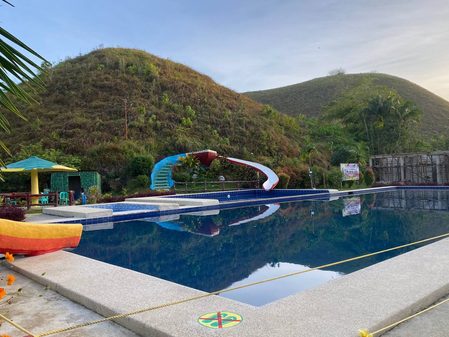











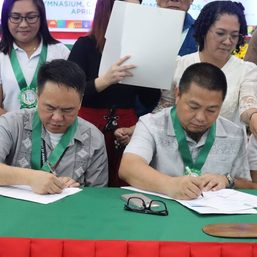
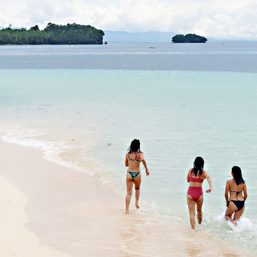
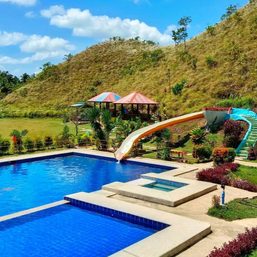










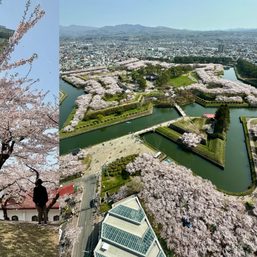
![[Ilonggo Notes] Guimaras: Geared up for success](https://www.rappler.com/tachyon/2024/05/Ilonggo-Notes-Guimaras-May-6-2024.jpg?resize=257%2C257&crop=298px%2C0px%2C720px%2C720px)
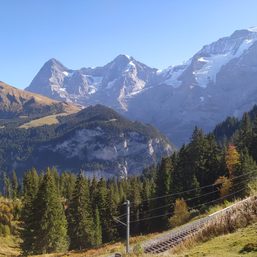
There are no comments yet. Add your comment to start the conversation.